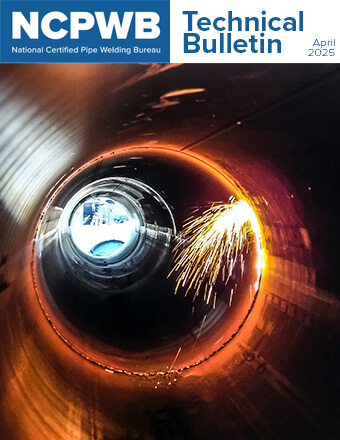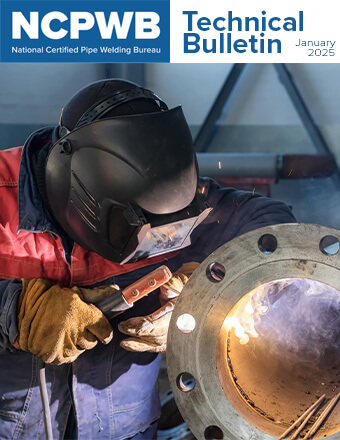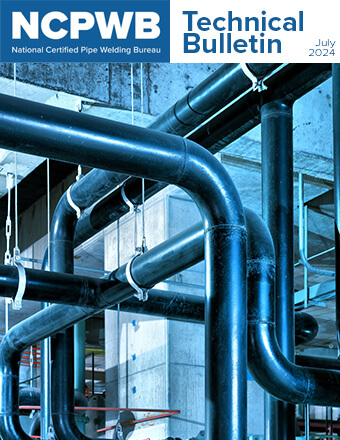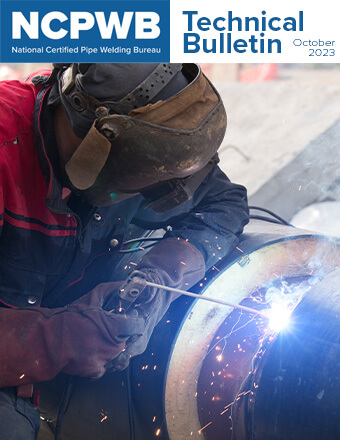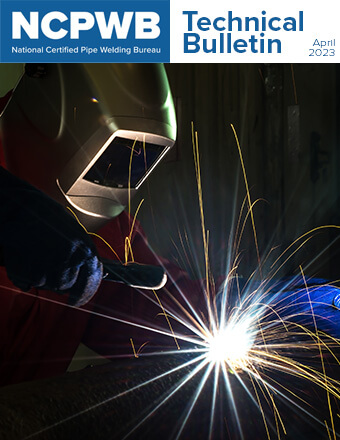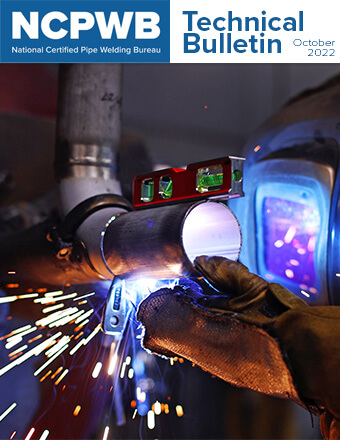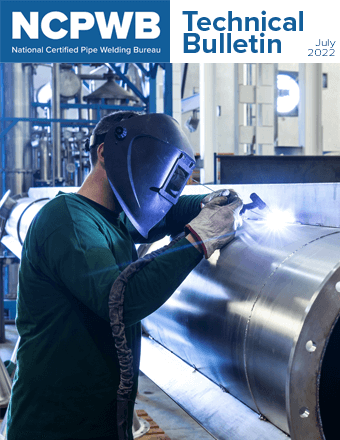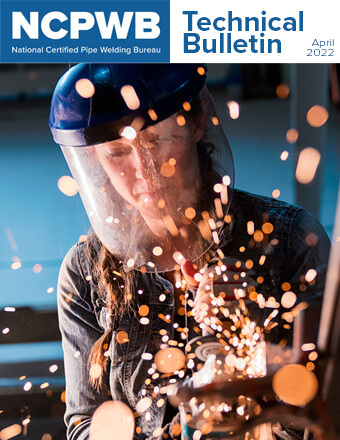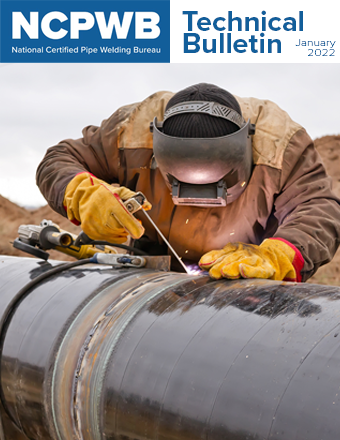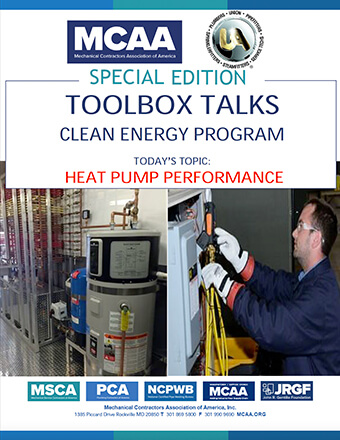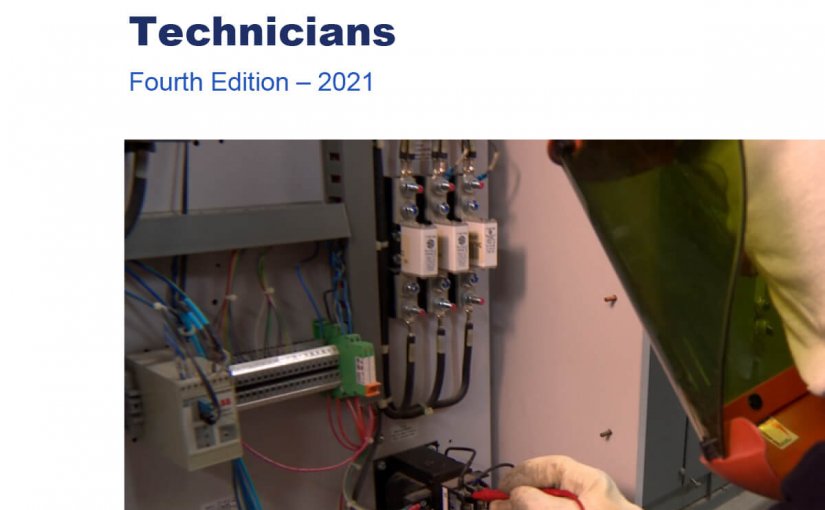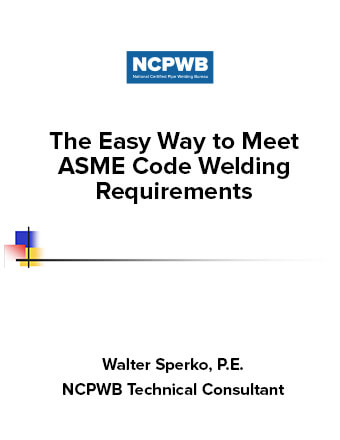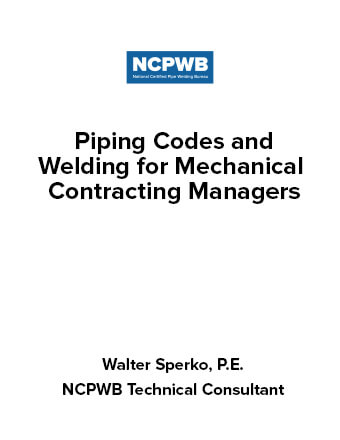NCPWB Technical Bulletin: A Welder Qualification Record Says “Backing: With or Without.” What Does That Mean?
When reviewing a Welding Procedure Specification (WPS) or a welder qualification record, the term “backing” frequently appears. In some cases, backing is required, while in others, it is optional. Backing can take various forms, including metal, non-fusing metal, nonmetallic materials, or even weld metal. But what exactly is “backing,” and why is it important in welding?
